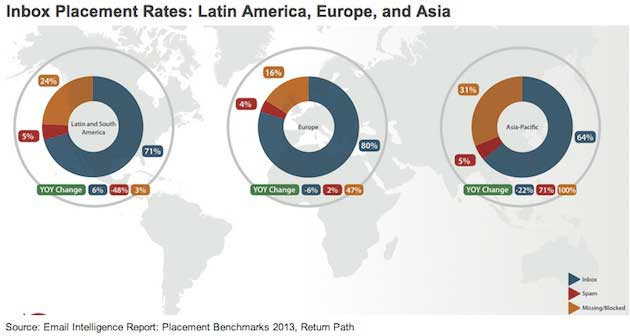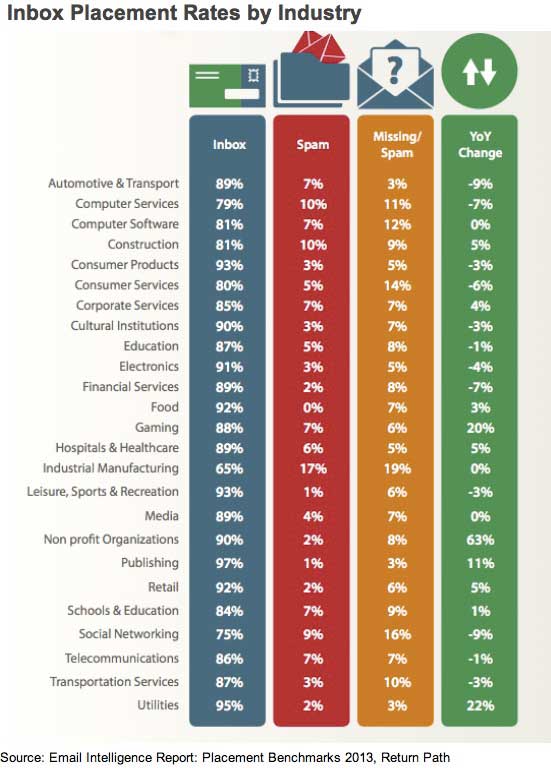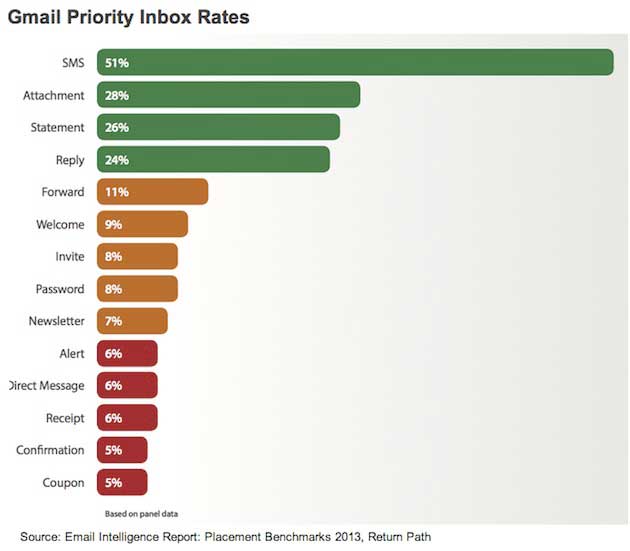Investors in the mobile space need to know three things about Apple's (
AAPL) soon to be released mobile operating system, iOS 7:
- iOS 7 heralds the introduction of the dynamic user interface (UI) in mobile. With the use of depth and enhanced motion, iOS 7 is purposely designed to look and feel radically different than current mobile operating systems
- Low and mid-tier smartphones do not have the hardware to emulate (copy) the dynamic UI experience of iOS 7.
- High-end smartphones competing with Apple will require significant time to develop software to introduce a dynamic UI.
So, Apple's strategy with iOS 7 appears consistent with what it did with the introduction of iOS in 2007 - Cupertino hopes to develop a UI that is seen by users as the new mobile gold standard. The end goal? Recapture the company's dominance in the high-end of mobile devices.
The Difference Between UI and Functionality
The public tends to take extreme positions regarding smartphone technology - significant time and energy is spent on arguments over functionality - and who had it first. For example, Apple trailed Android in providing "copy/paste" functionality on the iPhone. As a result, Android fans feel Apple "stole" this functionality.
Please note - this article has little to do with smartphone functionality.There is no discussion regarding Apple's new Notification Center, Multitasking, Control Center or AirDrop features. The focus here is on how a dynamic UI may influence user experience and purchase decision.
To better understand, an analogy. Consider the difference between a HD TV and the traditional TV design. Both TV's broadcast the same content (functionality) but the HD TV (UI) provides a more immersive experience.
Translucence, Depth and a Physics Engine: Just Try to Copy this!
Apple's dynamic UI is driven by the heavy use of blurring, translucence and depth. Natural motion is delivered via a new fully functioning physics engine. The end result of these new design components is an interface that feels "alive" compared to current mobile OSs.
Another analogy: Think of the movement to a dynamic UI like the difference between looking at a picture of a fish (iOS 6) versus gazing into an aquarium (iOS 7).
Apple's hope is that this dynamic UI reignites the sense of newness that came with the launch of iPhone in 2007, making iOS 7 the de facto standard for smartphone UI.
Of primary interest to Apple investors -iOS 7's dynamic UI requires significant software and hardware horsepower. According to technology writer,
Marco Arment,
iOS 7's appearance and dynamics require a powerful GPU and advanced, finely tuned, fully hardware accelerated graphics and animation APIs
While the high-end smartphones running Google's (
GOOG) Android OS have the capability to deliver a dynamic UI - the majority of Android smartphones are low and mid-tier smartphones which don't have the hardware or software required.
With this hardware and software disparity, iOS 7 Apple hopes create a visual moat. Where Apple's smartphones appear new and cutting edge, while the majority of Android phones, in contrast, will appear dated and dull.
While Google should see little revenue impact from a successful iOS 7 launch (some estimate
Google actually earns more revenue from iOSusers), Android OEMs may fare differently. If Google does not provide a dynamic version of Android quickly, OEMs might face pressure to migrate to lower-pricing segments placing pressure on margins.
Interestingly enough, Apple's older iPhone models and the company's anticipated mid-tier phone can't run full versions of iOS 7. Some UI effects need to be constrained due to the A4's SoC limitations. The net result? The iPhone 5 and iPhone 5s will provide a more visually robust feel than Apple's mid-priced iPhone models. The company obviously hopes the difference in UI will provide incentive for consumers to migrate-up to the company's higher margin phones.








inShare